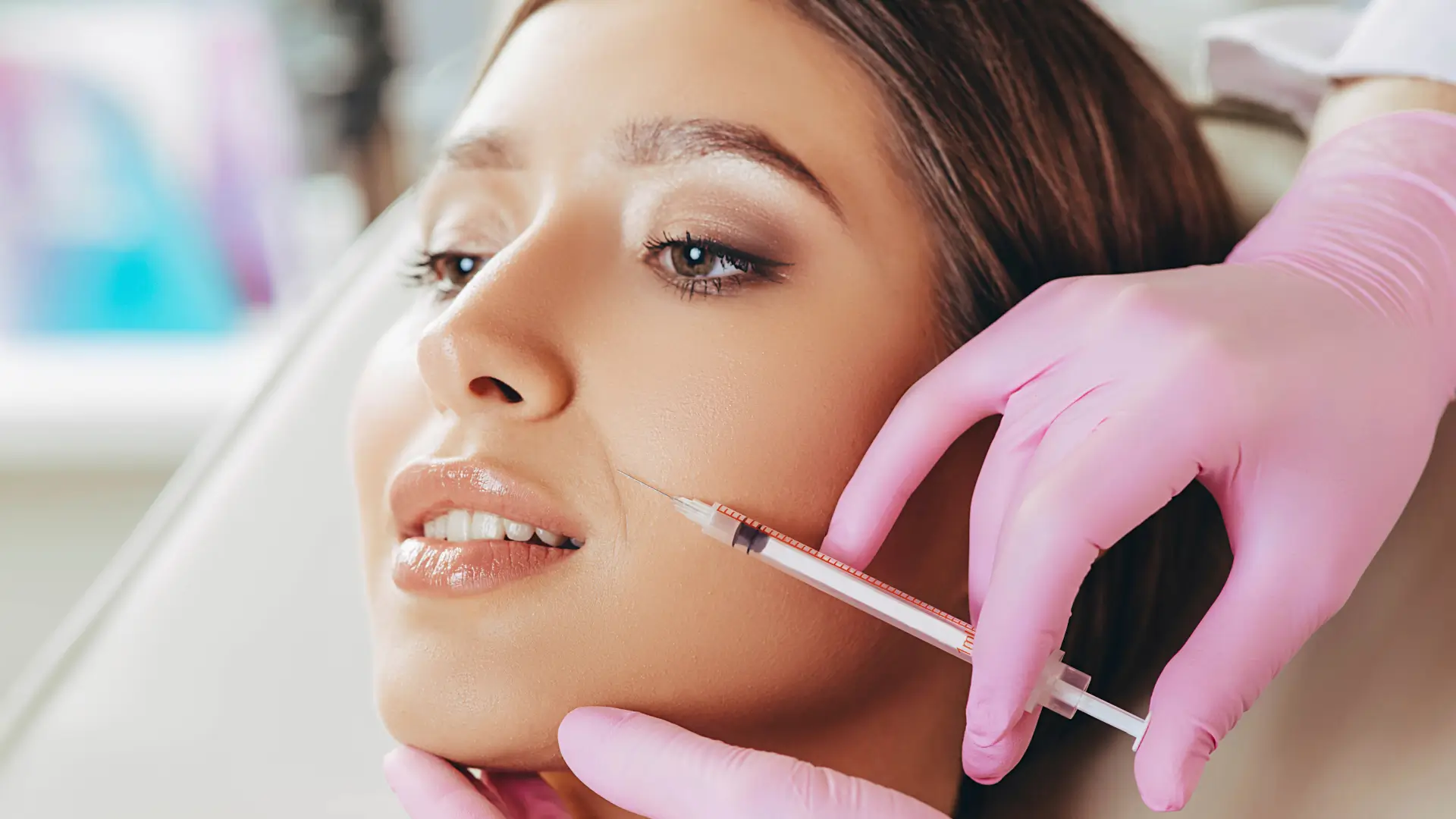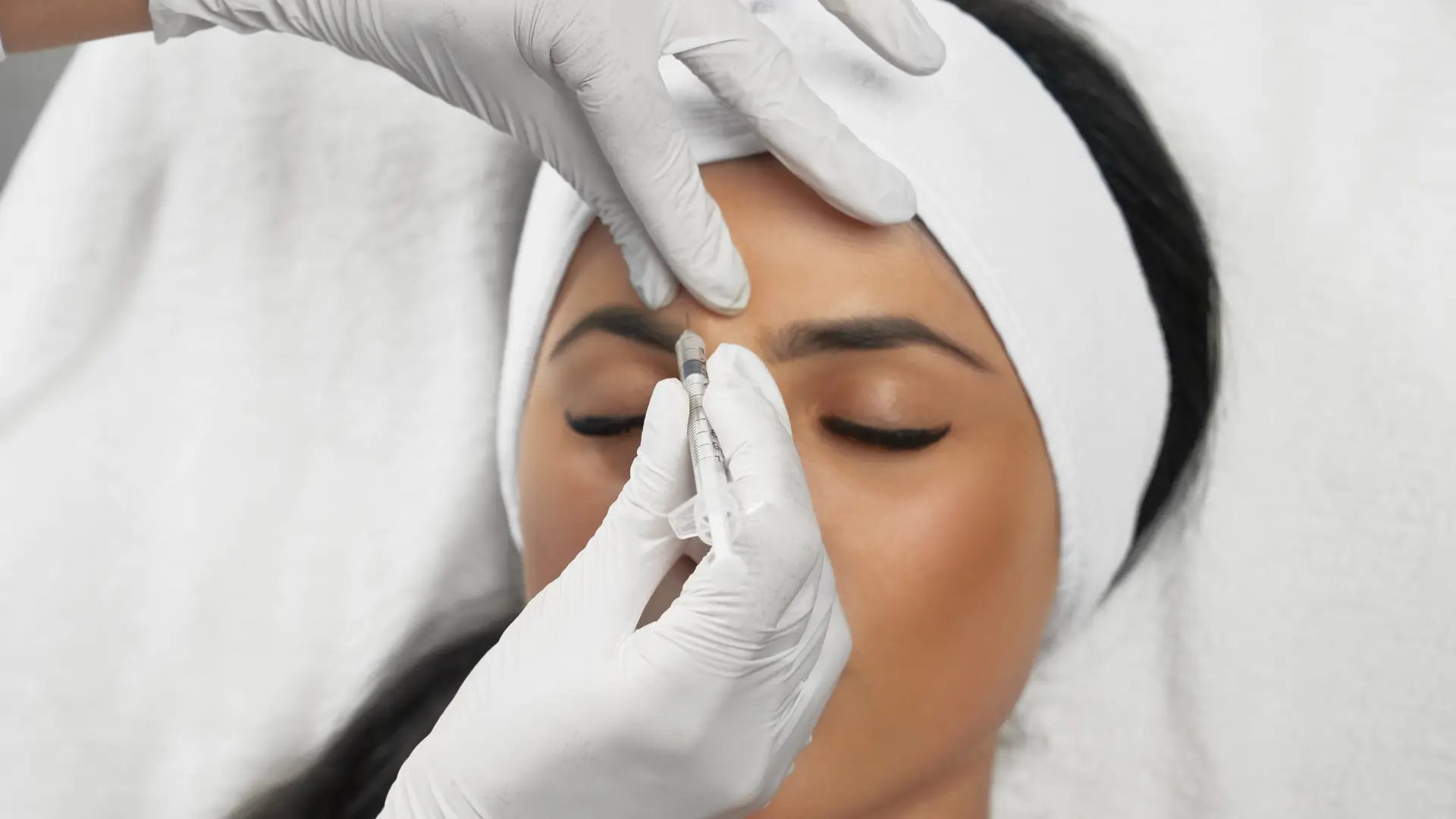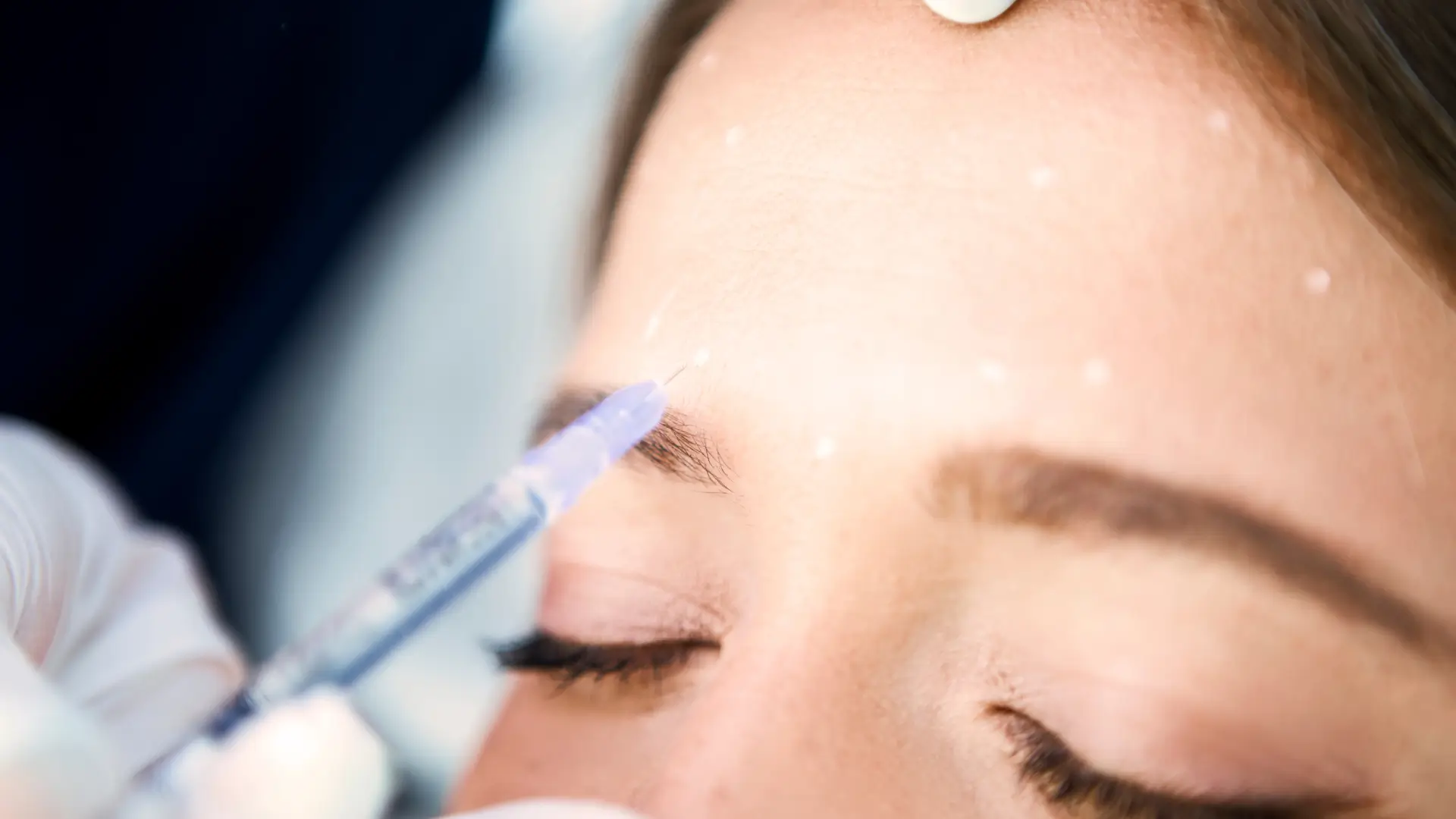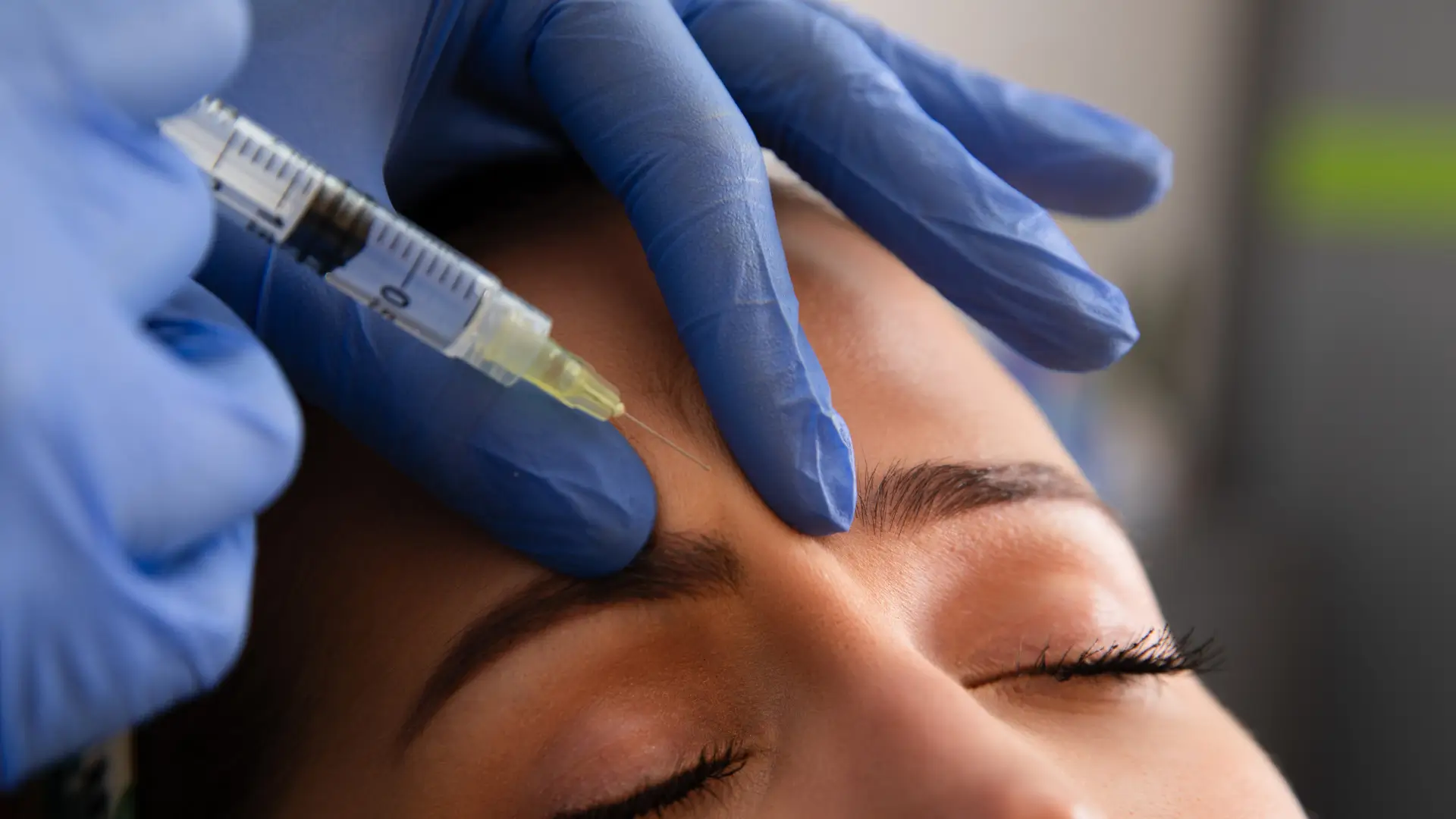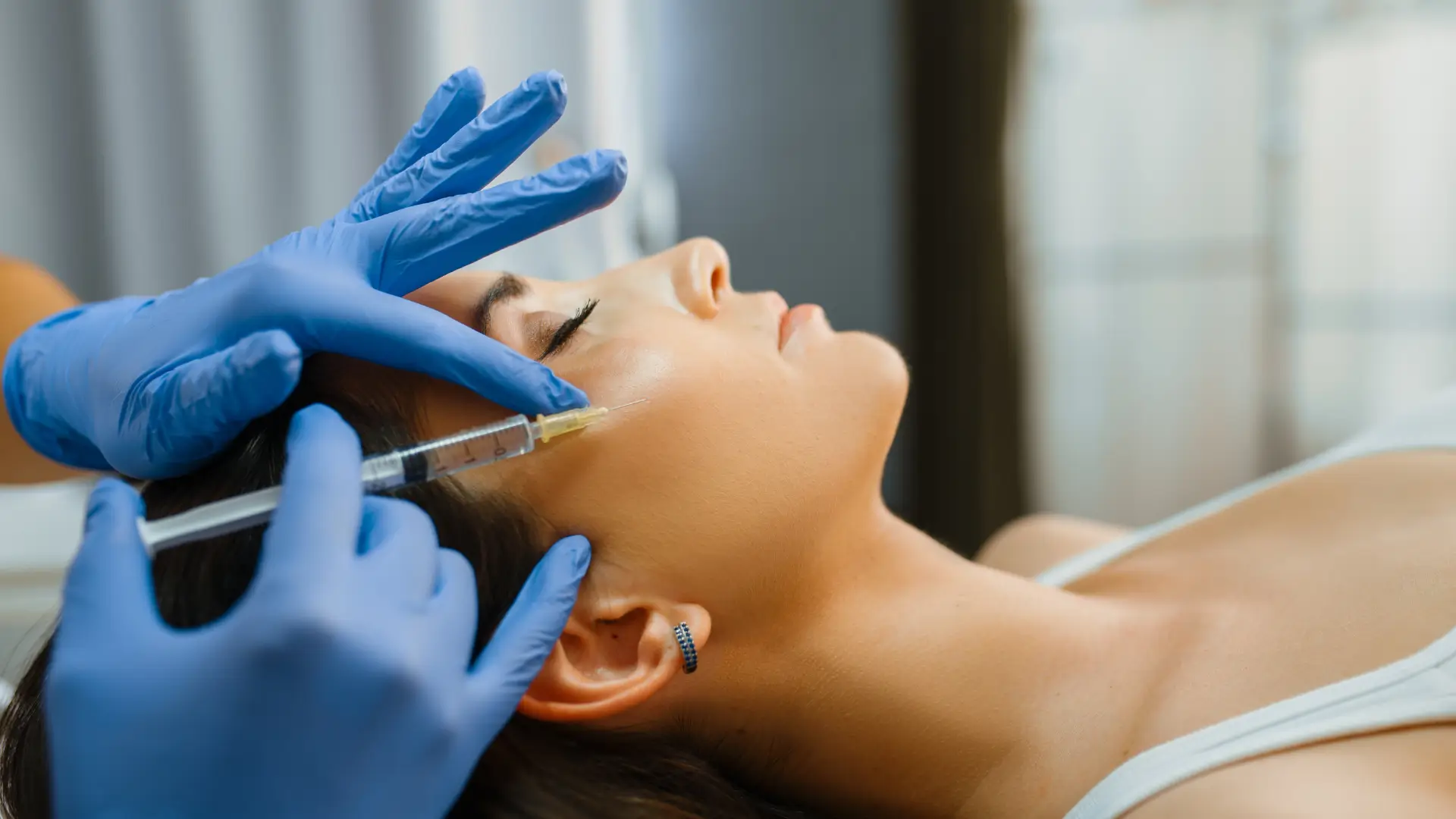With over 9 million botulinum toxin injections administered globally in a single year, according to the International Society of Aesthetic Plastic Surgery (ISAPS), this treatment has firmly secured its place as the most popular non-surgical cosmetic procedure. Driven by growing demand for minimally invasive aesthetics, the market has expanded beyond legacy brands—bringing newer, high-performance formulations into the spotlight.
Among them, Korean-made Liztox and Nabota have emerged as leading contenders, both classified under botulinum toxin type A, yet distinguished by their purification processes, accessory protein content, and clinical performance. For clinicians navigating a competitive and evolving landscape, understanding these subtle but important differences is key to optimizing patient outcomes, treatment longevity, and practice efficiency.
This article compares Liztox and Nabota across their manufacturing origins, formulation science, clinical data, and practical usage, offering a clear framework for evidence-informed decision-making.
Key Takeaways
- Liztox and Nabota are both Korean botulinum toxin type A products, with distinct purification methods and formulation characteristics.
- Liztox has lower inactive protein content, potentially reducing immunogenic risk compared to Nabota’s 81% inactive protein load.
- Onset of effect for Liztox is around day 3 with peak at day 14; Nabota shows results in 2–4 days, peaking by day 7.
- Both toxins maintain clinical effect for 3–5 months, with a typical retreatment interval of 16 weeks.
- Clinical studies show that Liztox and Nabota are both non-inferior to Botox in efficacy and safety for cosmetic and therapeutic uses.
- Liztox is available in 100- and 200-unit vials; Nabota is supplied in 100-unit vials, offering flexibility depending on dose requirements.
- Reconstitution and handling procedures differ slightly; Liztox must be used within 12 hours of mixing, Nabota within 24 hours.
- Common side effects are mild and include headache, injection site reactions, and temporary eyelid drooping.
- Nabota (Jeuveau) holds FDA approval for glabellar lines, while Liztox has not yet received FDA clearance.
About: Medica Depot is your trusted all-in-one supplier, offering a range of high-quality medical injectables and supplies. If you’re looking to buy Liztox, contact Medica Depot’s sales representatives and they will guide you on how to do so. Whether for health professionals, plastic surgeons, dermatologists, licensed estheticians, or other specialists, we can offer genuine, brand-name products you may need. With Medica Depot, we prioritize serving you better to improve the patient’s quality of life.
Botulinum Toxin Products: Understanding the Formulas and Purity Levels
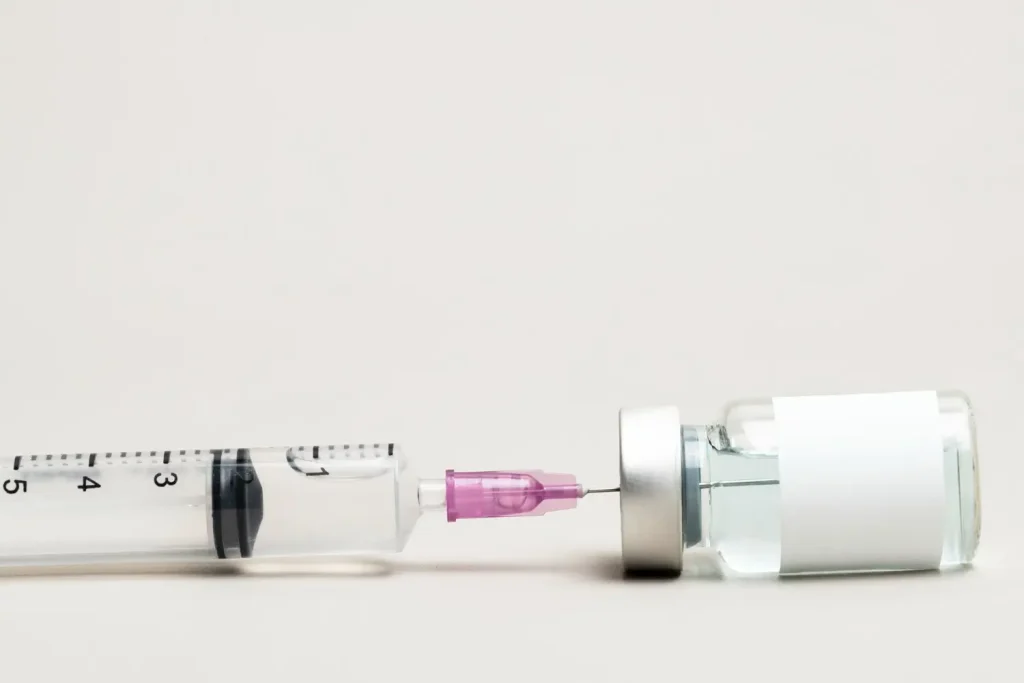
When comparing Liztox vs Nabota, it’s worth noting that both botulinum toxin type A injectables originate from South Korean manufacturers. Huons Biopharma is the Liztox manufacturer, while Daewoong Pharmaceutical produces Nabota.
Although both products contain the same 150 kDa neurotoxin core, their manufacturing processes and formulation details differ significantly, affecting their clinical performance and immunogenicity profiles.
- Purification: Liztox undergoes multi-step chromatography and fine filtration designed to remove accessory proteins and endotoxins, resulting in an impressively 99.8% pure neurotoxin. In contrast, Nabota employs Daewoong’s proprietary HI-PURE™ technology, which isolates a 900 kDa toxin peak and excludes complexing proteins, achieving a purity level of over 98%.
- Toxin Strains: Liztox is derived from the Clostridium botulinum strain CBFC26, and is formulated with human serum albumin and sodium chloride in both 100- and 200-unit vials. Nabota is produced from wild-type C. botulinum Hall A, and isolates only the 150 kDa active toxin, with no complexing proteins included in the final product.
Importantly, clinicians should pay attention to the inactive protein content in each formulation. Liztox, with its 99.8% purity, contains virtually no inactive proteins, which may reduce the risk of neutralizing antibody formation. In contrast, analysis has shown that Nabota contains about 81% inactive neurotoxin protein in each 100-unit vial—suggesting a higher proportion of non-active protein “fillers” per dose.
How Liztox and Nabota Perform in Practice
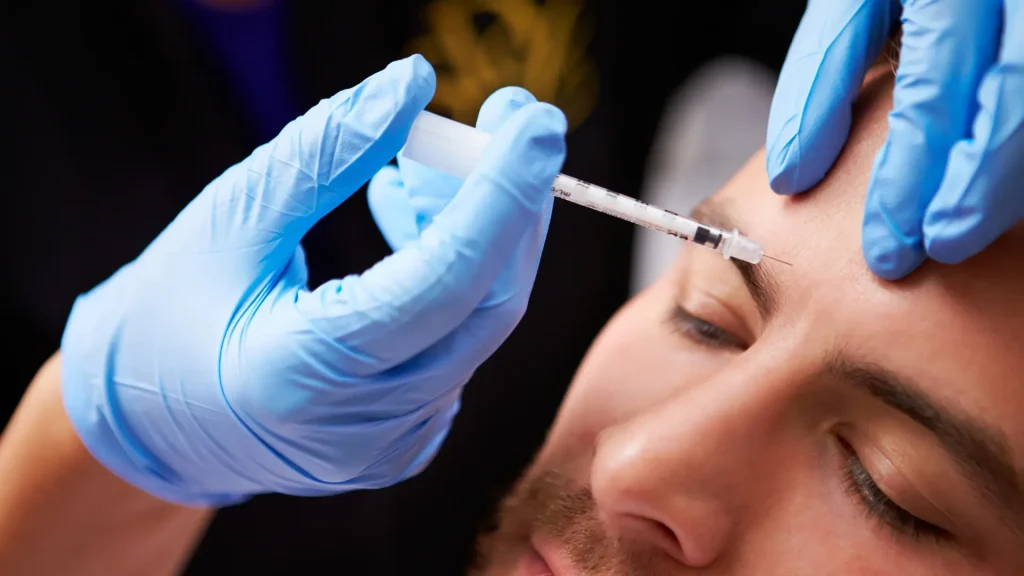
The differences in formulation and purification naturally lead to differences in clinical characteristics that practitioners observe in daily practice. Though both products are anchored by the 150 kDa neurotoxin core, standard dilution and dosing protocols typically limit diffusion to a radius of approximately -1 cm, allowing for targeted treatment with minimal spread.
- Onset: Clinical reports show that Liztox typically takes effect within three days, with peak results observed around day 14. Nabota may offer a slightly faster onset, becoming active within 2–4 days, and often reaches peak muscle relaxation by day 7.
- Longevity: Liztox maintains its effects for approximately 3 to 4 months, with retreatment typically needed at the 16-week mark. Nabota has a reported duration of 3 to 5 months, with a similar median reinjection interval of 16 weeks depending on indication and patient factors.
For clinicians, these small distinctions in onset and duration may influence treatment planning, especially when considering event timing, wrinkle depth, and patient lifestyle.
Clinical Efficacy According to Available Studies
As of now, no direct head-to-head trials comparing Liztox and Nabota have been published. However, both products have been evaluated independently against Botox (onabotulinumtoxinA) in clinical trials, showing non-inferior efficacy and similar safety profiles.
- In a Phase III multicenter, double-blind study, Liztox demonstrated comparable outcomes to Botox in patients with post-stroke upper-limb spasticity. At Week 4, patients receiving Liztox saw a mean reduction of –1.14 ± 0.59 on the Modified Ashworth Scale, closely matching the –1.22 ± 0.59 observed with Botox. No major safety issues were reported, reinforcing its viability for therapeutic indications.
- Nabota matched Botox in a randomized study evaluating glabellar frown lines. Over 80% of subjects experienced a notable reduction in wrinkle severity at Week 4. Patient satisfaction scores and the rate of adverse events were also statistically equivalent to those seen with Botox.
While more comparative trials between Liztox and Nabota would help guide clinical choices, current findings suggest that both are reliable alternatives with consistent patient outcomes across therapeutic and aesthetic uses.
Cost, Convenience, and Handling Differences
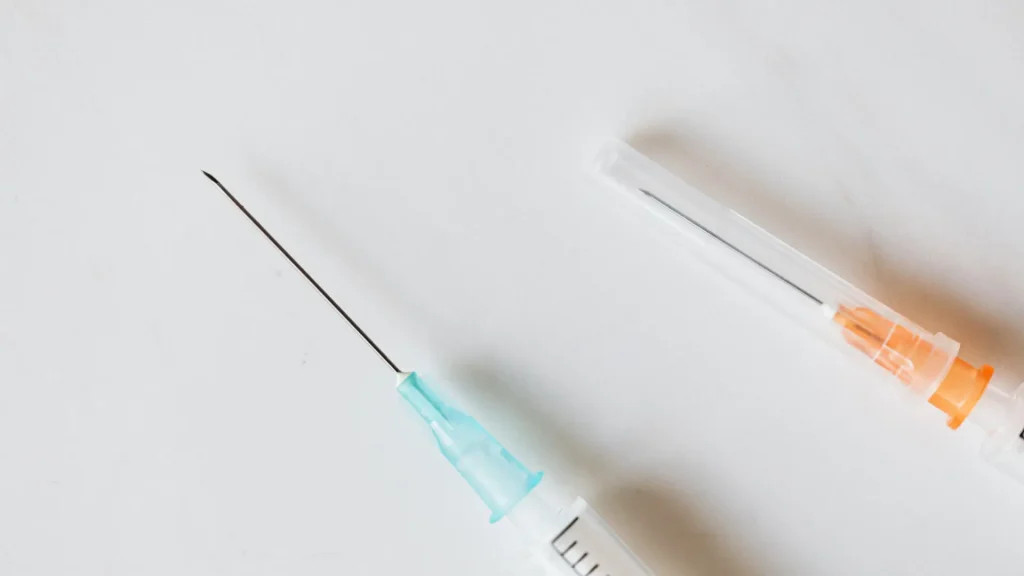
Both Liztox and Nabota are distributed as freeze-dried powders, necessitating cold-chain storage and careful reconstitution. Clinics must store these vials at 2–8 °C, and avoid freeze–thaw cycles to preserve bioactivity.
There are also minor but practical differences in how a clinician prepares each product:
- Liztox: They reconstitute each 100-unit vial with 1 mL of sterile 0.9% sodium chloride, then swirled gently—not shaken. They should avoid using Liztox within 12 hours of reconstitution.
- Nabota: Reconstitution involves preservative-free 0.9% saline, per the product guidelines. Like Liztox, they should apply gentle swirling to the product. Nabota remains viable for up to 24 hours post-mixing.
From a cost-efficiency standpoint, Liztox’s availability in 100- and 200-unit vials allows practitioners to better match vial size to patient needs. High-dose cases—such as in spasticity or masseter hypertrophy—may benefit from Liztox’s larger vial, which minimizes waste. For smaller aesthetic zones, Nabota’s 100-unit format remains convenient and cost-effective.
Both products require sterile syringes and meticulous aseptic preparation, making proper workflow planning and inventory tracking crucial to avoid dosing errors and contamination.
Assessing Risks, Safety Profiles, and Regulatory Status
Immunogenicity and side effect profiles are top concerns for clinicians and patients alike. Both Liztox and Nabota can exclude complexing proteins, which may reduce the risk of neutralizing antibody formation—a leading cause of treatment resistance over time.
However, mild and temporary side effects can still occur:
- Liztox: Common side effects include injection site pain, swelling, bruising, headache, and transient ptosis (drooping of the eyelids or brows).
- Nabota: Similar adverse events may appear, such as headaches, eyelid drooping, upper respiratory tract symptoms, and elevated white blood cell count in rare cases.
From a regulatory standpoint, it’s worth mentioning that Nabota (marketed as Jeuveau) has received U.S. FDA approval for glabellar lines—bolstering its global safety credentials. Liztox, while showing promising safety in clinical trials, has not yet gained FDA approval, limiting its use in certain markets.
Conclusion
In the comparison of Liztox vs Nabota, both Korean botulinum toxins offer reliable, high-quality options for aesthetic and therapeutic applications. Liztox stands out for its exceptionally high purity level, potentially lowering immunogenic risk and offering predictable efficacy. Nabota, on the other hand, features a faster onset, solid longevity, and the regulatory backing of FDA approval for cosmetic use.
When choosing between them, practitioners should weigh factors such as purification method, inactive protein load, vial sizing, and handling protocols. Ultimately, a careful match between product features and patient-specific needs will help ensure optimal treatment outcomes and sustained satisfaction.
FAQs
1. What are the main differences in purity between Liztox and Nabota?
Liztox achieves a purity level of 99.8% through a multi-step purification process, while Nabota reaches over 98% purity using the HI-PURE™ method.
2. How do the onset times compare for Liztox and Nabota?
Liztox typically shows effects within three days and reaches peak efficacy by 14 days, whereas Nabota has an onset of 2 to 4 days, with maximal muscle relaxation at approximately 7 days.
3. What are some common side effects from these treatments?
Common side effects of Liztox include pain and swelling at the injection site. Meanwhile, Nabota may cause headaches and eyelid drooping. Both have low overall rates of adverse events.
References
- International Society of Aesthetic Plastic Surgery. Global Survey 2022: Full Report and Press Releases. Isaps.org. Published 2022. Accessed July 1, 2025. https://www.isaps.org/discover/about-isaps/global-statistics/global-survey-2022-full-report-and-press-releases/
- Song S, Lee YH, Hong JP, Oh TS. Safety, efficacy, and onset of a novel botulinum toxin type A (Nabota) for the treatment of glabellar frown lines: a single-arm, prospective, phase 4 clinical study. Archives of Craniofacial Surgery. 2018;19(3):168-174. doi:https://doi.org/10.7181/acfs.2018.01886
